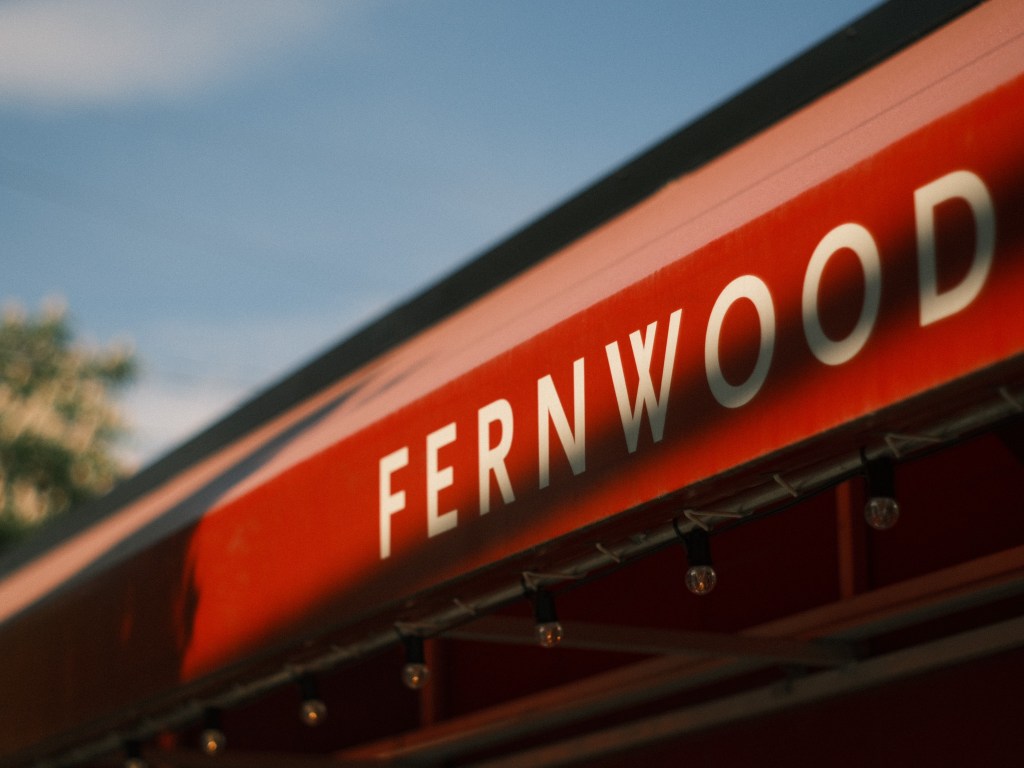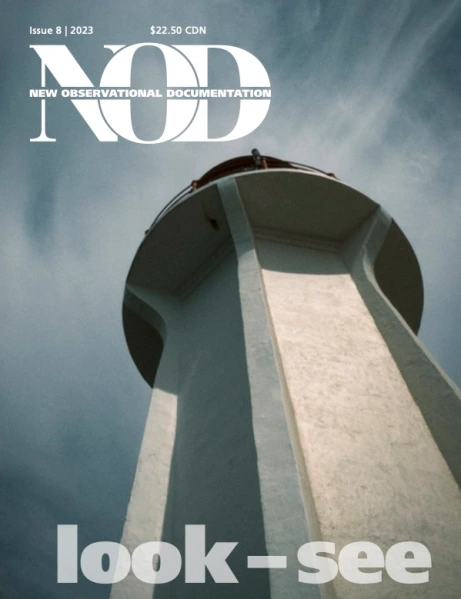Fujifilm X-Pro 3 and film recipes
In my previous post, I wrote about working with film recipes and vintage lenses on my X-Pro 3 to create a more analog look from the digital files. In this follow up, I will be examining the virtues and limitations of the last three X-Trans sensors (versions III, IV and V) for working with film recipes.
Before I start, let me address how and where one actually implements the settings for a film recipe. You may already be familiar with the custom settings, C1-C7, on the X-series cameras. This is where you can choose a different film simulation, such as Provia or Acros, plus tweak other settings such as grain, highlights and shadows, to customize the look of your SOOC JPEGs. Film recipes can take these custom settings much further, to the point where the JPEGs that come straight from the camera look remarkably like they were shot on film.

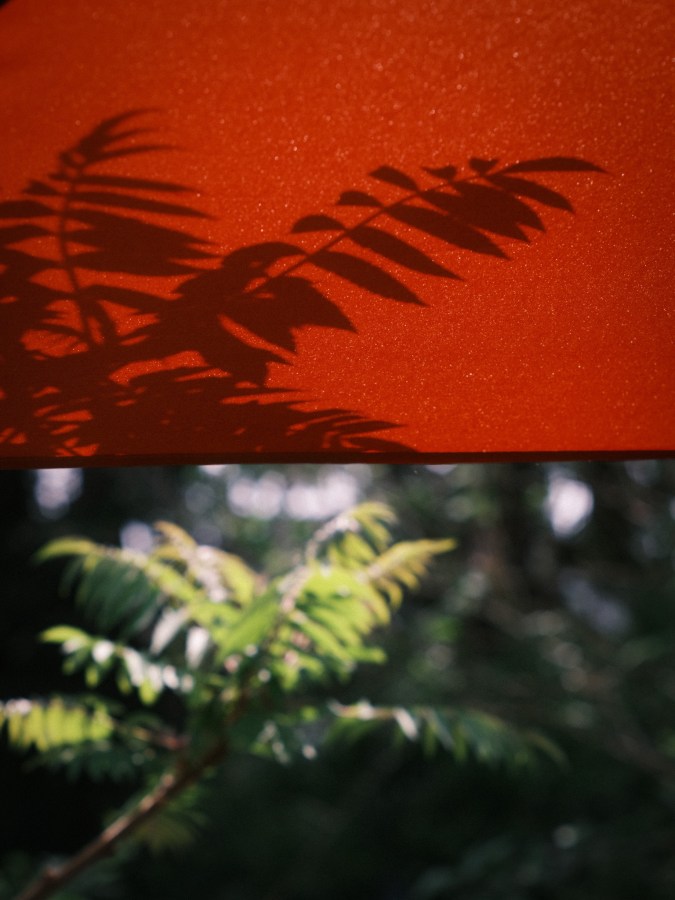
Beside my X-Pro 3 (sensor IV), I have at my disposal an X100F (sensor III) and an X-T5 (sensor V), on which I have been shooting with a variety of film recipes. Through these trials, I have determined on which sensor/camera it is easiest to implement film recipes, at least for me.
With each new sensor generation, Fujifilm engineers have provided more control over how JPEGs are rendered. A big improvement arrived with the IV generation sensors, where the addition of the two chrome effects and clarity were added, along with more refined control over many of the other settings. Also, Fujifilm added the ability to name each custom setting, which in this case I name after the film recipe, such as “Kodak Tri-X 400.”
Another nice feature of the generation IV sensors is that you can assign a custom white balance for each custom setting. Something that goes a long way toward making a more authentic look to your images (there is no auto white balance with film).
The step from gen. III sensor cameras to gen. IV sensor cameras has made implementing film recipes much easier and better for a number of reasons. The custom settings that I have created on my X-Pro 3 are more refined than those on the X100F and when I switch between the custom settings, I pick a different film recipe name instead of choosing C1 through C7. The result is that I find the X-Pro 3 easier to use and it produces better film recipe results.
The gen. V sensor cameras, like the X-T5, have even more refined controls than the gen. IV sensor cameras. Although, the differences between V and IV are minor compared to the differences between IV and III. However, Fujifilm engineers went too far with customization on the gen. V sensor cameras and the second generation GFX camera. With these cameras, each custom setting allows you to customize nearly everything, not just image quality settings, which are the useful settings for film recipes.
With the latest generation sensor cameras, nearly every menu item can be adjusted in each custom setting. Personally, I don’t want to have different ISO settings for each custom setting. Nor will I be using different lens profiles (where you register legacy lenses with which you are shooting) on each custom setting. I just want to adjust image quality controls for each custom setting and leave the other adjustments as global settings independent of the image quality settings.
You won’t really realize what a pain this new setup is until you are trying to program six or seven film recipes in an X-trans V sensor camera. Way too much work, because you end up having to input so many of the same settings into each custom option. Over and over again!
I am certain that someone at Fujifilm thought that more settings that are customizable is a good thing, but honestly, this seems like it has gone too far.
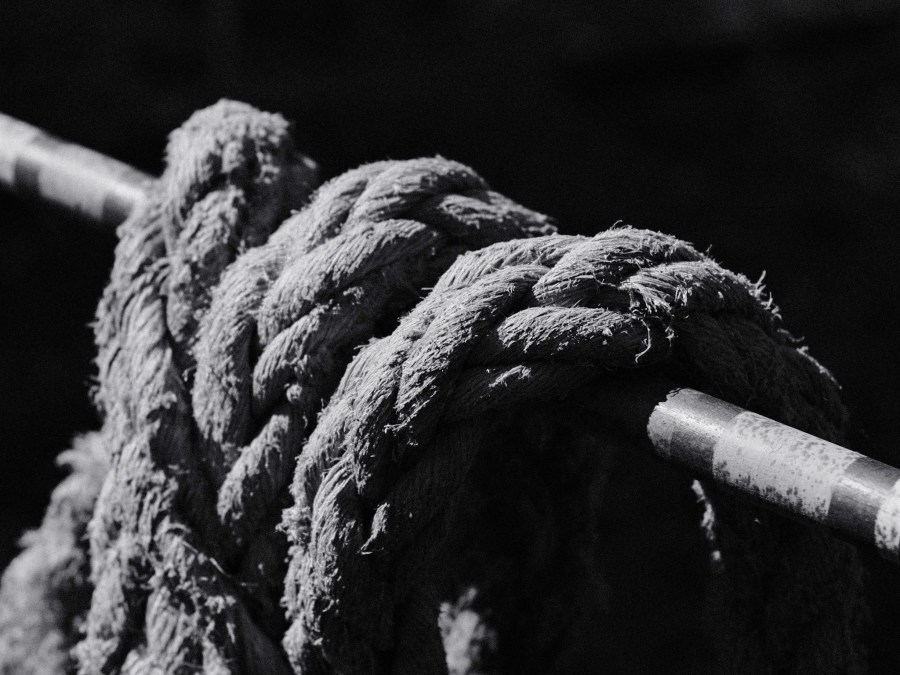
Kodak T-Max P3200, Asahi SMC Takumar 55mm 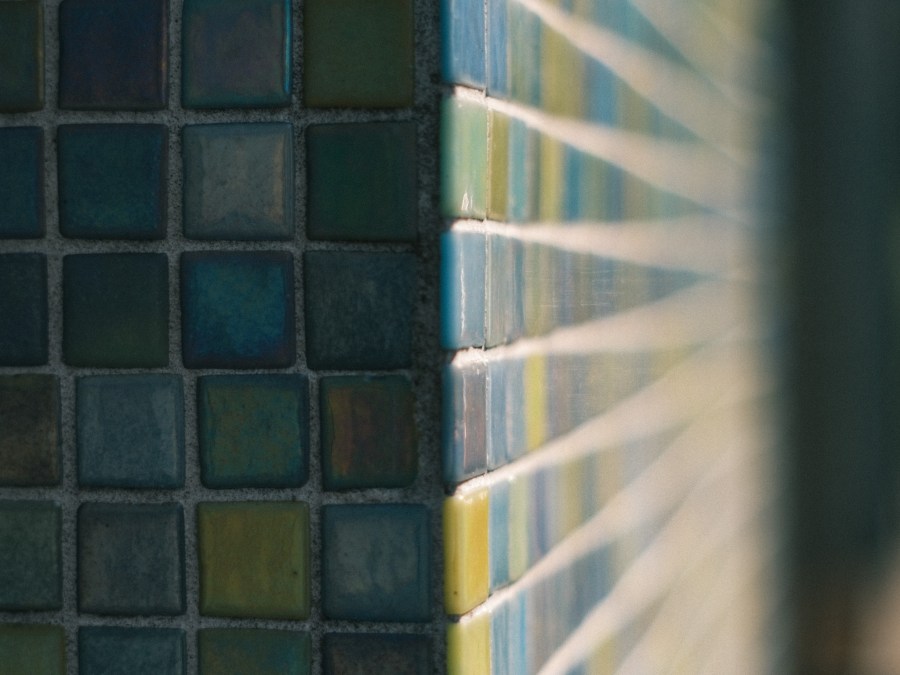
FH DC 1, Asahi SMC Takumar 55mm 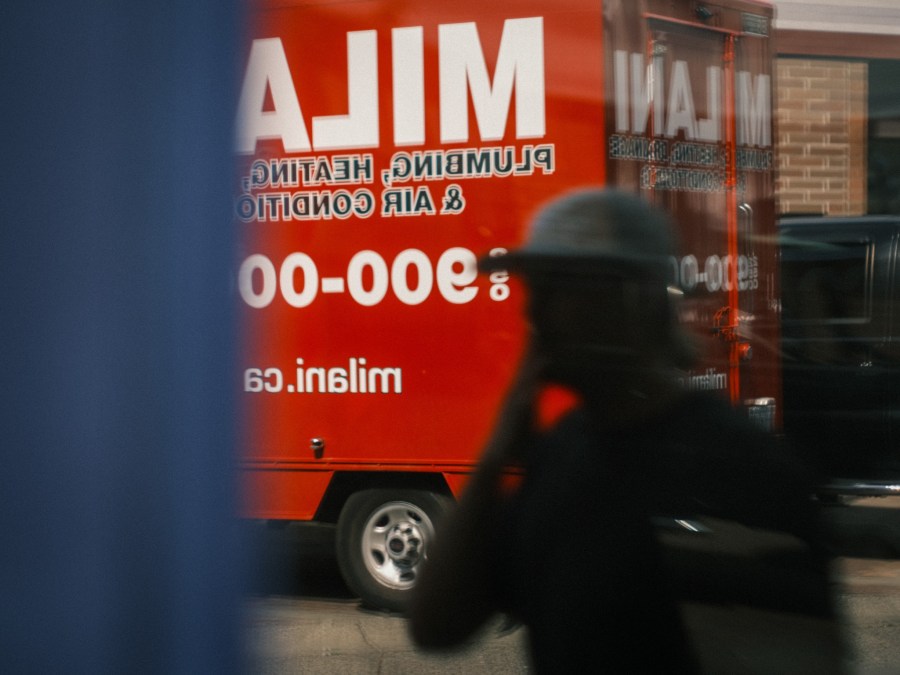
FH DC 1, Asahi SMC Takumar 55mm 
FH DC 1, Asahi SMC Takumar 55mm 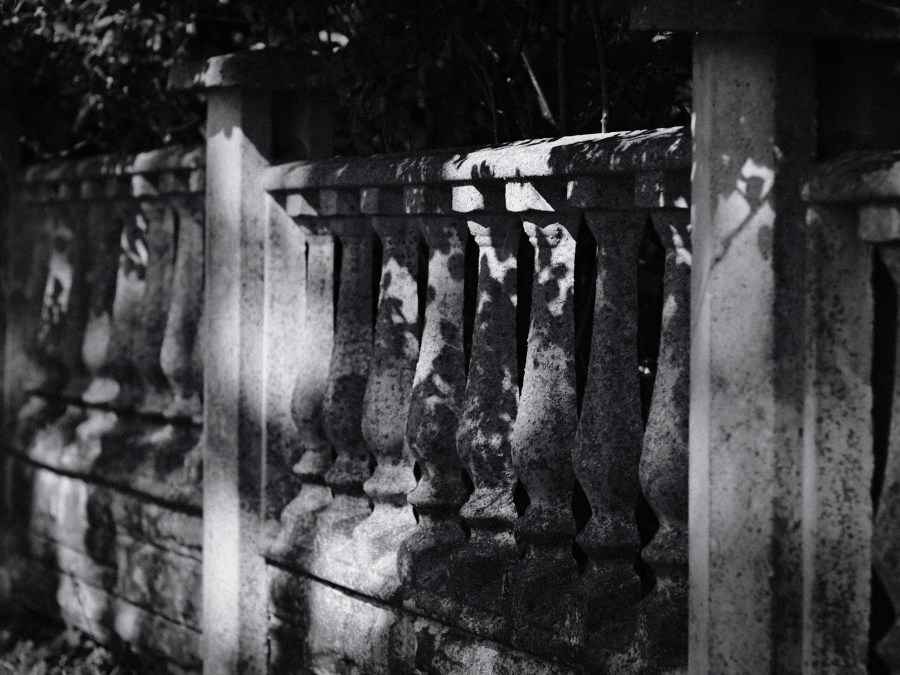
Kodak T-Max P3200, Asahi SMC Takumar 55mm 
FH DC 1, Asahi SMC Takumar 55mm
Not surprisingly, I have come to the conclusion that the X-Trans IV sensor cameras, like my X-Pro 3, are the perfect cameras for implementing and photographing with film recipes. The minor modifications in image quality controls on the latest generation cameras is far outweighed by the increased hassle of programming custom settings on those cameras.
Other cameras that share the IV sensor are the X-T4 and X100V, making them excellent candidates, in my opinion, for using film recipes. However, there aren’t any “bad” Fujifilm camera options for film recipe use. Any of them can be the best tool for the job.


Another aspect of creating analog-like images with a digital camera, is using old film lenses, instead of the very sharp Fujinon XF lenses. I believe that this makes a significant improvement in the imperfection I seek, and that on an interchangeable lens X-camera, you won’t achieve the best film recipe look without an old film lens.
As I have written before, I have a collection of inexpensive old prime lenses that I have adapted to my camera. My current favourite lens, an Asahi SMC Takumar 55mm f/2 beauty cost me $39. Add on the $15 M42 adapter and I still think that I got a great deal. The adapted lenses range in focal length from 28mm to 135mm, giving me a selection of approximately 42mm to 200mm in full-frame measurements. For a wide option, I use the original XF18mm f/2 that I bought with my X-Pro 1. This “vintage” Fujinon lens has a special character, which contributes to the analog look of my JPEGs.
Of note, starting with the gen. IV sensor cameras, you can also assign custom names for each lens that you register on the camera. So instead of just “28mm” for lens one, I now have “Asahi SMC Takumar 28mm f3.5” as my selection. This name is also written into the metadata of the image file, so when you open the image in Lightroom, the custom lens name appears instead of just the focal length. I have customized all of my lens registration names for 28mm, 35mm, 55mm, 100mm and 135mm, for which I have only one lens option. Since I have a number of 50mm options, that one name will always remain just “50mm.”
While I have made my X-Pro 3 my “film recipe” camera, I encourage everyone to experiment with film recipes on whichever Fujifilm camera they have available. FujiXWeekly.com has recipes for every type of Fujifilm camera, so that is an excellent place to start. Walking out with whichever camera you have, an old prime lens and a great film recipe loaded, is my favourite flâneuring means of making photos. And one great benefit is once you press the shutter, the photo is already developed and ready for you to use in its perfect JPEG glory. No additional cost, developing or scanning either.

FH DC 1, Asahi SMC Takumar 55mm 
Ilford Ortho Plus 80, Asahi SMC Takumar 55mm 
FH DC 1, Asahi SMC Takumar 55mm 
FH DC 1, Asahi SMC Takumar 55mm 
FH DC 1, Asahi SMC Takumar 55mm 
FH DC 1, Asahi SMC Takumar 55mm 
FH DC 1, Asahi SMC Takumar 55mm 
FH DC 1, Asahi SMC Takumar 55mm 
FH DC 1, Asahi SMC Takumar 55mm
NB: I should think that it goes without saying, but all images captured with a Fujifilm X-Pro 3 fronted with the Asahi SMC Takumar 55mm f2 lens, employing a variety of film recipes. The “FH DC 1” film recipe is my adaptation of a community member submitted recipe on fujixweekly.com, which pays homage to the colour photography of the late Fred Herzog.

